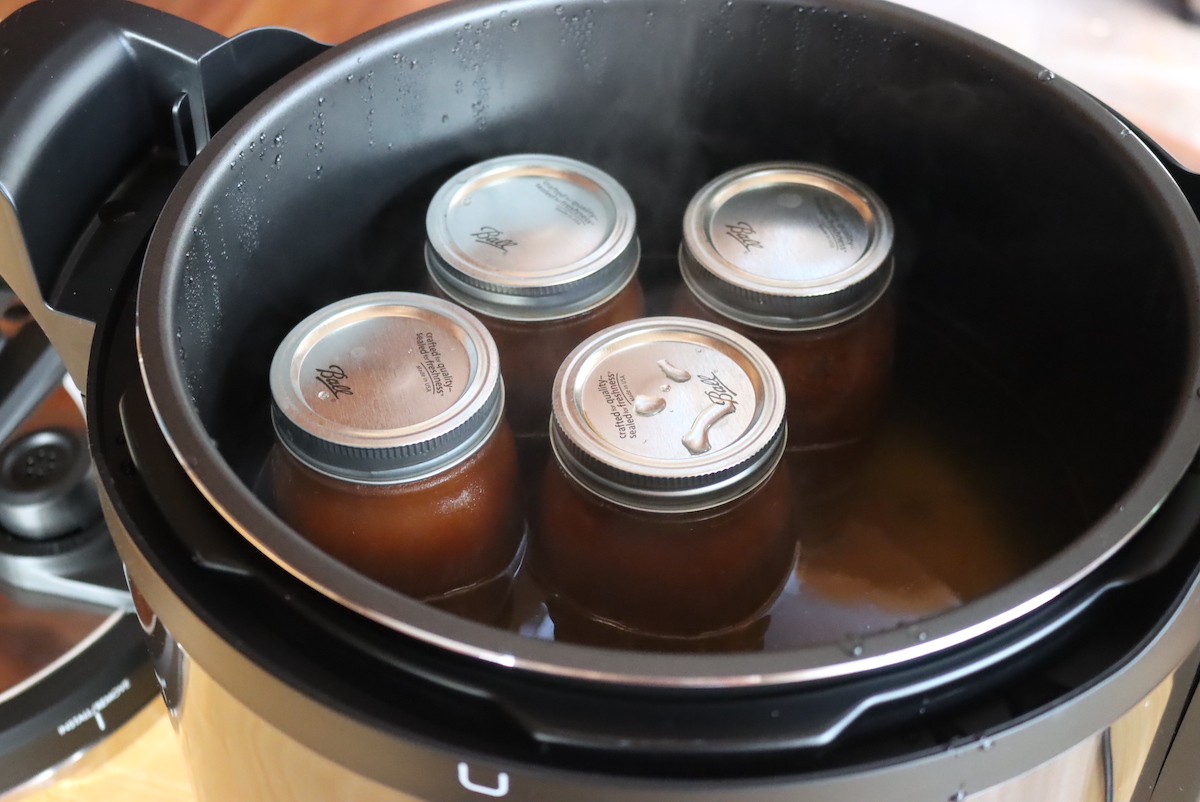

Articles
How To Can With An Electric Pressure Cooker
Modified: February 20, 2024
Learn how to can with an electric pressure cooker and discover helpful articles on preserving food at home.
(Many of the links in this article redirect to a specific reviewed product. Your purchase of these products through affiliate links helps to generate commission for Storables.com, at no extra cost. Learn more)
Introduction
Welcome to the world of canning with an electric pressure cooker! If you’re looking to preserve your favorite fruits, vegetables, and homemade recipes for longer shelf life, an electric pressure cooker can be your best companion. Canning offers numerous benefits, such as convenience, cost-effectiveness, and the ability to enjoy homegrown produce all year round. In this article, we will explore the advantages of using an electric pressure cooker for canning, guide you in selecting the right cooker, provide step-by-step instructions, and offer troubleshooting tips.
Using an electric pressure cooker for canning has gained popularity in recent years due to its efficiency and convenience. Traditional hot water bath canning takes longer and requires a large pot of boiling water, which can be time-consuming and less energy-efficient. Electric pressure cookers, on the other hand, use steam and pressure to safely and quickly process the food, reducing the overall canning time substantially.
One of the primary benefits of canning with an electric pressure cooker is its ability to retain the nutritional value of the food. The sealed environment allows for minimal nutrient loss, ensuring that your canned goods are as healthy as possible. Additionally, electric pressure cookers preserve the natural flavors and textures of the food, resulting in delicious, homemade products that are far superior to store-bought alternatives.
Another advantage is the versatility of an electric pressure cooker. It can be used for various types of canning, including fruits, vegetables, jams, sauces, chutneys, and even meats. With precise temperature and pressure control, you can expand your canning repertoire and experiment with different recipes and flavors.
Furthermore, canning with an electric pressure cooker is a cost-effective solution. It allows you to take advantage of seasonal produce or bulk purchases and preserve them for future use. By canning your own food, you can reduce waste and save money in the long run. It also gives you the satisfaction of knowing exactly what ingredients are going into your canned goods, ensuring a healthier and more sustainable lifestyle.
Before delving into the canning process with an electric pressure cooker, it is crucial to select the right cooker that is approved for canning. Not all electric pressure cookers are suitable for this purpose, as canning requires specific safety features and pressure levels. In the next section, we will guide you in choosing the perfect electric pressure cooker for your canning needs.
So, whether you’re a canning enthusiast or a beginner looking to dive into the world of preserving, using an electric pressure cooker can revolutionize your canning experience. It offers speed, convenience, versatility, and most importantly, high-quality results. Join us as we explore the wonders of canning with an electric pressure cooker, and learn how to create delectable canned goods that will last for months to come.
Key Takeaways:
- Canning with an electric pressure cooker offers time and energy efficiency, retained nutritional value, versatility, cost savings, ingredient control, and longer shelf life for your preserved foods. It’s a convenient and rewarding way to enjoy homemade canned goods all year round.
- Prioritize safety, follow approved recipes, properly prepare your electric pressure cooker, gather necessary supplies, choose the right foods, and troubleshoot common issues to ensure successful and safe canning with an electric pressure cooker. Enjoy the satisfaction of creating delicious and safely preserved foods!
Read more: How To Can Salsa In Electric Pressure Cooker
Benefits of Using an Electric Pressure Cooker for Canning
Using an electric pressure cooker for canning offers a multitude of benefits that make it an attractive option for preserving food. Let’s dive in and explore some of the advantages:
- Time and Energy Efficiency: One of the major benefits of using an electric pressure cooker for canning is the significant reduction in processing time compared to traditional canning methods. The pressurized cooking environment allows for faster cooking and processing times, enabling you to produce more batches of canned goods in less time. Additionally, electric pressure cookers are more energy-efficient than stove-top alternatives, resulting in lower utility bills.
- Retained Nutritional Value: Canning with an electric pressure cooker helps retain the nutrients and flavors of the food being preserved. The sealed environment and quick cooking time minimize nutrient loss, ensuring that your canned goods retain their nutritional value. This means you can enjoy the health benefits of fresh produce even during off-seasons or when ingredients are not readily available.
- Versatility: Electric pressure cookers offer versatility in canning a wide range of foods. Whether you’re canning fruits, vegetables, jams, sauces, soups, or even meats, you can do it all with an electric pressure cooker. The precise temperature and pressure control settings allow for safe and effective preservation of different types of food, expanding your canning possibilities and culinary creations.
- Cost Savings: Canning with an electric pressure cooker provides significant cost savings in the long run. You have the flexibility to buy fruits and vegetables in bulk or take advantage of seasonal produce when they are at their peak flavor and lowest prices. By preserving these ingredients through canning, you can enjoy them throughout the year without the need to purchase expensive store-bought alternatives. This not only saves you money, but it also reduces food waste.
- Control Over Ingredients: When canning with an electric pressure cooker, you have complete control over the ingredients used in your preserved foods. This is particularly beneficial if you have dietary restrictions or allergies or if you simply prefer to know exactly what goes into your canned goods. You can customize recipes to suit your taste preferences and dietary needs, ensuring that you are consuming high-quality, homemade products.
- Longer Shelf Life: Canned goods prepared with an electric pressure cooker have a longer shelf life compared to their refrigerated or frozen counterparts. The high-pressure cooking process effectively kills bacteria and other microorganisms, preventing spoilage and extending the shelf life of your preserved foods. This means you can enjoy your canned goods for several months, even up to a year, as long as they are stored properly.
Overall, using an electric pressure cooker for canning provides a convenient and efficient way to preserve your favorite foods. It saves time, retains nutritional value, offers versatility, saves money, gives you control over ingredients, and extends the shelf life of your preserved goods. So, why not explore the world of canning with an electric pressure cooker and enjoy the many benefits it has to offer?
Selecting the Right Electric Pressure Cooker for Canning
When it comes to canning with an electric pressure cooker, selecting the right appliance is crucial for ensuring safe and successful preservation. Not all electric pressure cookers are suitable for canning, so it’s important to consider certain factors before making a purchase. Here are some key points to keep in mind when selecting an electric pressure cooker for canning:
- Size and Capacity: Consider the size and capacity of the electric pressure cooker. The size should be large enough to accommodate the jars you intend to use for canning. Additionally, make sure the capacity is suitable for the amount of food you plan to can. Keep in mind that some recipes may require multiple batches, so having a larger capacity can make the process more efficient.
- Approved for Canning: Look for an electric pressure cooker that is specifically approved for canning. Not all models have the necessary safety features and pressure levels required for canning. Look for labels or product descriptions that mention “approved for canning” or “meets USDA canning guidelines.”
- Pressure Settings: Check for an electric pressure cooker with adjustable pressure settings. Different types of foods and recipes require different pressure levels for safe canning. Being able to adjust the pressure settings allows for flexibility and ensures that you can meet the specific requirements of the foods you’re canning.
- Sealing Mechanism: Pay attention to the sealing mechanism of the electric pressure cooker. A reliable and airtight seal is essential for maintaining the proper pressure during canning. Look for models with a secure locking lid and a rubber gasket or silicone sealing ring to ensure a tight seal.
- Compatibility with Canning Accessories: Consider whether the electric pressure cooker is compatible with canning accessories such as canning racks and jars. These additional accessories make the canning process more efficient and help protect the jars from bumping against each other during processing. Ensure that the electric pressure cooker has enough vertical space to accommodate the canning racks and is wide enough to fit multiple jars.
- Timer and Programmable Functions: A timer and programmable functions can be valuable features when canning with an electric pressure cooker. These functions allow you to set the cooking time and customize parameters according to the canning recipe. Having precise control over the cooking process ensures that your canned goods are processed for the appropriate duration.
- Brand Reputation and Customer Reviews: Consider the reputation of the brand and check customer reviews before purchasing. Look for electric pressure cooker models that are well-known for their reliability, durability, and performance. Reading reviews from other users can provide insights into the specific models’ pros and cons.
Remember that safety is paramount when it comes to canning. It’s important to follow the guidelines and recommendations provided by the manufacturer for canning with their specific electric pressure cooker. By selecting the right electric pressure cooker that meets the necessary requirements for canning, you can ensure a smooth and successful canning experience and enjoy the many benefits of preserving your favorite foods at home.
Preparing Your Electric Pressure Cooker for Canning
Before you start the canning process with your electric pressure cooker, it’s crucial to properly prepare the appliance to ensure safe and effective preservation of your food. Taking the time to prepare your electric pressure cooker will help you achieve consistent and reliable results. Here are some essential steps to follow when preparing your electric pressure cooker for canning:
- Read the Manual: Begin by carefully reading the manual and instructions provided by the manufacturer. Each electric pressure cooker model may have specific guidelines and recommendations for canning. Familiarize yourself with the features, settings, and safety instructions to ensure you are using the appliance correctly.
- Inspect the Pressure Cooker: Before using your electric pressure cooker, inspect it for any signs of damage or wear. Check the sealing ring, the pressure release valve, and the vent pipe for any blockages or damage. If you notice any issues, such as a cracked sealing ring or a faulty pressure release valve, it’s important to replace those parts before proceeding.
- Clean Thoroughly: Clean your electric pressure cooker thoroughly before you start canning. Disassemble any removable parts and wash them with warm, soapy water. Use a non-abrasive sponge or cloth to clean the cooking pot and the lid. Pay close attention to any food residue or stains that may affect the performance of the pressure cooker.
- Test the Sealing Ring: The sealing ring is an important component of the electric pressure cooker that helps create a tight seal. Check the condition of the sealing ring and ensure it fits properly in the lid. If the sealing ring is worn out, cracked, or has an unpleasant odor, it’s recommended to replace it with a new one. A faulty sealing ring can lead to improper sealing and affect the canning process.
- Check the Pressure Release Valve: Ensure that the pressure release valve moves freely and is not blocked. This valve is responsible for releasing excess pressure during the canning process. Make sure it is clean and not obstructed by any debris. A clogged pressure release valve can result in excessive pressure buildup, causing safety hazards.
- Inspect the Vent Pipe: The vent pipe is another crucial component of the electric pressure cooker that allows the release of steam. Check if the vent pipe is clear and free from any blockages. Use a small brush or pipe cleaner to remove any residue or buildup that could hinder the steam release during canning.
- Ensure Proper Water Level: Canning with an electric pressure cooker requires the use of adequate water. Consult your electric pressure cooker’s manual to determine the recommended amount of water needed. Improper water levels can affect the cooking time and the efficiency of the pressure cooker. Follow the guidelines provided by the manufacturer to ensure accurate results.
- Perform a Test Run: If you’re using your electric pressure cooker for canning for the first time or if you’ve made any changes to your canning setup, it’s a good idea to perform a test run. Fill the pressure cooker with water, close the lid, and bring it to pressure. Monitor the pressure and steam release to ensure everything is functioning properly. This test run will give you confidence in your electric pressure cooker’s performance before starting the actual canning process.
By following these preparation steps, you will ensure that your electric pressure cooker is in optimal condition for safe and efficient canning. Properly preparing your electric pressure cooker sets the foundation for successful preservation and helps avoid any potential issues that may arise during the canning process. Take the time to prepare your electric pressure cooker, and you’ll be ready to start canning with confidence!
Gathering the Necessary Canning Supplies
Before you embark on the canning journey with your electric pressure cooker, it’s essential to gather all the necessary supplies to ensure a smooth and successful canning process. Having the right equipment and tools on hand will make your canning experience more efficient and enjoyable. Here’s a checklist of the essential canning supplies you’ll need:
- Jars: Choose jars specifically designed for canning. Mason jars with two-piece lids are the most commonly used for canning. Ensure that the jars are free of cracks or chips, as these imperfections can compromise the sealing process. Select appropriately sized jars for your recipes and make sure they are compatible with your electric pressure cooker.
- Lids and Bands: Purchase new lids and bands for canning. The lids have a sealing compound that ensures a proper seal during the canning process. The bands secure the lids to the jars. It’s important to use new lids for each canning session, as they are not reusable. The bands, however, can be reused as long as they are in good condition.
- Canning Rack: A canning rack is essential for safely placing and removing jars from your electric pressure cooker. It keeps the jars elevated, allowing steam to circulate around them during processing. Ensure that the canning rack you choose is compatible with your electric pressure cooker and can accommodate the size and number of jars you plan to use.
- Canning Funnel: A canning funnel is a useful tool for transferring hot liquids and foods into jars without creating a mess. It helps prevent spills and ensures that the food is poured into the jars cleanly and without touching the rim. Look for a funnel with a wide mouth that fits the openings of your canning jars.
- Jar Lifter or Tongs: When dealing with hot jars, a jar lifter or tongs are essential for safely handling and removing the jars from the electric pressure cooker. These tools allow you to lift the hot jars without risking burns or accidents. Choose jar lifters or tongs that have a secure grip and are long enough to reach into the electric pressure cooker.
- Bubble Remover: A bubble remover is a useful tool for removing air bubbles from the jars before sealing. It helps ensure that there are no trapped air pockets, which can potentially compromise the sealing of the jars. A simple plastic or silicone bubble remover will suffice for this purpose.
- Measuring Tools: Accurate measurements are crucial in canning. Have a set of measuring cups and spoons on hand to measure ingredients accurately. A kitchen scale can also be useful for weighing ingredients, especially for recipes that require precise measurements.
- Labels and Markers: Properly labeling your canned goods is important for organization and food safety. Use labels and markers to indicate the contents of each jar along with the date of canning. This will help you keep track of the freshness of your canned goods and ensure that you consume them before their recommended shelf life expires.
- Canning Recipes and Guides: Refer to reliable canning recipes and guides that provide detailed instructions for specific foods or canning techniques. These resources will guide you through the process and help you achieve safe and delicious results. Look for reputable sources such as canning books, websites, or trusted canning experts.
- Other Essential Items: Don’t forget to have basic kitchen items on hand, such as a cutting board, a knife, a ladle or spoon for filling jars, clean dishcloths or towels for wiping jar rims, and a large pot for heating water or preparing canning brine or syrup.
By gathering these necessary canning supplies, you’ll be well-equipped to start your canning journey with your electric pressure cooker. Having the right equipment and tools at your disposal will streamline the canning process and ensure that you can safely and successfully preserve your favorite foods.
When using an electric pressure cooker for canning, always follow the manufacturer’s guidelines and only use tested recipes to ensure safe preservation of food.
Read more: How To Can Soup In Electric Pressure Cooker
Choosing the Right Foods for Canning with an Electric Pressure Cooker
When it comes to canning with an electric pressure cooker, selecting the right foods is key to achieving successful and safe preservation. Not all foods are suitable for canning, as some may not retain their quality or safety during the canning process. Here are some important factors to consider when choosing the foods for canning with an electric pressure cooker:
- High-Acid versus Low-Acid Foods: Understanding the acidity level of the foods you wish to can is crucial. High-acid foods, such as most fruits, tomatoes, and pickles, can be safely canned using a water bath canner or an electric pressure cooker. These foods have a naturally low pH level, which inhibits the growth of harmful bacteria. Low-acid foods, such as meats, vegetables, and some sauces, require a higher temperature to destroy bacteria spores, making them suitable for canning with an electric pressure cooker.
- Quality of the Produce: It’s important to use fresh and high-quality produce for canning. Choose fruits and vegetables that are ripe but not overripe, as overly ripe produce may lead to mushy or less flavorful canned goods. Avoid using damaged or bruised fruits and vegetables, as they can affect the overall quality and safety of your canned products.
- Proper Preparation: Prepare your foods properly before canning. Wash fruits and vegetables thoroughly to remove any dirt, pesticides, or residue. Peel, core, and slice them if necessary. Blanch vegetables before canning to preserve their color, texture, and nutrients. Follow specific recipes and guidelines for each type of food to ensure correct preparation techniques.
- Do Not Modify Recipes: When canning with an electric pressure cooker, it’s essential to follow tested and approved recipes specifically designed for canning. Do not modify recipes by altering ingredient proportions or adding additional ingredients, as it can affect the acidity levels and safety of your canned goods. Stick to trusted canning recipes to ensure proper canning times, techniques, and flavor profiles.
- Avoid Starchy Foods: Starchy foods, such as rice, pasta, and flour-based sauces, are not suitable for canning with an electric pressure cooker. These foods can become mushy and lose their texture when canned. It’s best to prepare these foods fresh when you plan to consume them.
- Mind the Texture: Consider the texture of the foods you intend to can. Some foods, like crunchy vegetables, may become softer during the canning process. If you prefer to retain their crispness, consider using other preservation methods like pickling for such vegetables.
- Safe Salsas and Sauces: When canning salsas, sauces, or other recipes that include ingredients like onions, peppers, or garlic, it’s crucial to follow appropriate canning guidelines. These ingredients are low in acidity and require precise processing times to ensure safety. Refer to reliable canning recipes or guides for specific instructions on canning salsas and sauces.
Remember, safety is of utmost importance when it comes to canning. If you have any concerns or questions about the suitability of a particular food for canning with an electric pressure cooker, consult reliable canning resources or experts to ensure that you are following safe canning practices.
By choosing the right foods and following proper canning techniques, you can safely preserve a wide variety of produce, sauces, and other delicious creations with your electric pressure cooker. Enjoy the satisfaction of having homemade canned goods ready to be enjoyed throughout the year!
Step-by-Step Guide to Canning with an Electric Pressure Cooker
Canning with an electric pressure cooker is a rewarding way to preserve your favorite foods. By following a step-by-step guide, you can ensure safe and successful canning results. Here’s a detailed walkthrough of the canning process:
- Prepare your Equipment: Gather all the necessary canning supplies, including jars, lids, bands, canning rack, canning funnel, jar lifter or tongs, bubble remover, measuring tools, labels, and markers. Ensure that your electric pressure cooker is clean and in proper working condition.
- Choose and Prepare the Foods: Select the foods you wish to can and ensure they are fresh and of high quality. Wash, peel, slice, and prepare the foods according to your preferred recipe. Follow specific preparation instructions for each type of food.
- Sanitize Jars and Lids: Wash the jars and lids in hot, soapy water. Rinse them thoroughly and then sanitize them by placing the jars in boiling water for a few minutes. Simmer the lids in a separate pot of hot water, not boiling, to prevent damage to the sealing compound. Keep the jars and lids hot until ready to use.
- Fill the Jars: Using a canning funnel, carefully ladle the hot prepared food into the jars, leaving the recommended headspace as stated in the recipe. Use a bubble remover to release any trapped air bubbles by running it along the inside of the jar. Wipe the jar rims clean with a moistened cloth to ensure a proper seal.
- Apply Lids and Bands: Place a sanitized lid on top of each jar, ensuring the sealing compound is in contact with the jar’s rim. Secure the lids in place with bands, tightening them just until they are finger-tight. Do not overtighten the bands.
- Prepare the Electric Pressure Cooker: Fill the electric pressure cooker with the recommended amount of water as specified in the recipe or by the manufacturer’s guidelines. Place the canning rack inside the cooker to elevate the jars and allow steam circulation.
- Load the Jars into the Electric Pressure Cooker: Using a jar lifter or tongs, carefully lower the filled jars into the electric pressure cooker, ensuring they are stable on the canning rack and do not touch each other or the sides of the cooker.
- Close and Lock the Lid: Ensure that the pressure release valve is in the “Sealing” position. Close and lock the lid of the electric pressure cooker according to the manufacturer’s instructions. Set the cooking time and pressure level as specified in the canning recipe.
- Start Canning Process: Turn on the electric pressure cooker and allow it to come up to the desired pressure. Once the pressure is reached, start the timer and maintain the pressure for the recommended processing time. Adjust the heat as necessary to maintain a steady pressure.
- Release Pressure and Remove Jars: After the processing time is complete, turn off the electric pressure cooker and allow the pressure to naturally release. Avoid opening the cooker until the pressure has fully released. Once the pressure has been released, unlock and remove the lid. Using a jar lifter or tongs, carefully lift the jars out of the electric pressure cooker and place them on a towel or cooling rack.
- Allow Jars to Cool and Seal: As the jars cool, you may hear a “ping” sound indicating that the lids are being properly sealed. Let the jars sit undisturbed for several hours or overnight to ensure a complete seal. Check the seals by pressing down on the center of each lid. Properly sealed jars will not flex or move.
- Label and Store: Once the jars have cooled and sealed, label them with the contents and the date of canning. Store the jars in a cool, dark place away from direct sunlight. Properly canned goods can be stored for several months or even up to a year, depending on the type of food.
It’s important to note that these steps provide a general guide to canning with an electric pressure cooker. Always follow the specific instructions and processing times provided by trusted canning recipes and guidelines. With practice, you’ll become more confident in the canning process and be able to enjoy the fruits of your labor with delicious and safely preserved foods!
Safety Measures to Follow While Canning
Canning is a wonderful way to preserve food, but it’s important to prioritize safety to ensure that your canned goods are safe to consume. By following proper safety measures, you can confidently enjoy your home-canned creations without any risk of foodborne illnesses. Here are some essential safety measures to keep in mind while canning:
- Choose High-Quality Ingredients: Start with fresh, high-quality ingredients for canning. Using inferior or spoiled produce can affect the quality and safety of your canned goods. Select ripe, unblemished fruits and vegetables, and inspect them for any signs of decay or damage before canning.
- Follow Approved Recipes: It’s crucial to follow reputable, tested canning recipes from trusted sources. These recipes have been carefully formulated to ensure the correct acid levels, processing times, and cooking methods. Avoid modifying canning recipes, as altering ingredient proportions or processing times can compromise the safety of the final product.
- Use Proper Canning Equipment: Ensure that your canning equipment is in good working condition. Use jars specifically designed for canning, and check for cracks or chips before each use. Use new lids for each canning session, as the sealing compound can only be used once. Make sure your electric pressure cooker is approved for canning and has the necessary safety features.
- Sanitize Jars and Equipment: Cleanliness is essential in canning. Wash jars, lids, bands, and all canning equipment with hot, soapy water, and rinse them thoroughly. Sanitize the jars by boiling them for a few minutes. Simmer the lids in hot, but not boiling water to avoid damaging the sealing compound. Keep all equipment clean and free from debris.
- Properly Seal Jars: Ensure that your jars are properly sealed to prevent bacterial contamination. Follow the manufacturer’s instructions for sealing the jars with lids and bands. Avoid overtightening the bands, as this can prevent air from venting during processing and result in seal failure.
- Process at the Correct Pressure and Time: Follow the recommended pressure and processing times stated in the approved canning recipe you’re using. Maintaining the correct pressure and processing time is crucial for destroying bacteria and other microorganisms. Monitor the pressure throughout the processing time to ensure it remains steady.
- Safely Release Pressure: Always release pressure from your electric pressure cooker following the manufacturer’s instructions. It’s essential to allow the pressure to naturally release before opening the cooker. Sudden release of pressure can cause hot liquid to splatter, leading to burns or injuries.
- Check for Proper Sealing: After the jars have cooled, check the seals by pressing down on the center of each lid. Properly sealed lids should be firm and not flex or move. Any improperly sealed jars should be refrigerated immediately and consumed within a few days or reprocessed using the appropriate canning method.
- Store Properly: Store jars in a cool, dry place away from direct sunlight. Label each jar with its contents and the date of canning. Monitor your canned goods regularly for any signs of spoilage, such as bulging lids, off smells, or visible mold. If you have any doubts about the safety of a canned product, it’s best to discard it.
- Continue Learning: Stay informed about the latest canning safety guidelines and recommendations. Attend canning workshops, read reputable canning books, and follow reliable canning resources. Guidelines and best practices may evolve as new research emerges, so it’s important to stay up to date with the latest information.
By adhering to these safety measures, you can confidently enjoy your home-canned goods knowing that they were prepared with care and follow recommended guidelines. Take the time to prioritize safety during the canning process and savor the delicious, safe, and nutritious foods you’ve preserved!
Troubleshooting Common Issues When Canning with an Electric Pressure Cooker
Canning with an electric pressure cooker can sometimes present challenges or issues that need resolution. By troubleshooting common problems, you can overcome these obstacles and ensure successful results in your canning endeavors. Here are some common issues that may arise during the canning process and how to troubleshoot them:
- Jars Not Sealing Properly: Improper sealing of jars can occur for various reasons. Ensure that the jar rims are clean and free from any food particles or residue that may prevent a proper seal. Overtightening the bands can also prevent air from venting during processing, resulting in seal failure. Check that the lids and bands are in good condition and that the sealing compound on the lids is not cracked or compromised.
- Visible Liquid Loss During Processing: If you notice significant liquid loss in the jars during processing, it may be due to excessive heat or pressure. This can be caused by not using the recommended pressure level or processing time. Check your electric pressure cooker’s settings and make sure they are aligned with the approved canning recipe you’re using. Adjust the pressure and processing time accordingly to ensure proper retention of liquid in the jars.
- Food Spoilage or Mold: If you encounter food spoilage or mold in your canned goods, it could be a result of improper canning techniques or contaminated ingredients. Be diligent in following approved canning practices, including proper sanitization, processing times, and storage conditions. Ensure that your ingredients are fresh and of high quality. Discard any jars with visible signs of spoilage or mold, as consuming them can be harmful.
- Uneven Cooking or Overcooking: Uneven cooking or overcooking can occur if the heat distribution in your electric pressure cooker is not consistent. This can be due to a faulty or malfunctioning electric pressure cooker. Check the seals, pressure release valve, and vent pipe for any blockages or damage. Ensure that the heat source is evenly distributed and that the pressure cooker is set to the correct pressure level. If the issue persists, consider having your electric pressure cooker inspected or replaced.
- Low Liquid Levels or Dry Canned Goods: Insufficient liquid levels in your canned goods can lead to food drying out or becoming tough. Double-check the recommended amount of liquid specified in the canning recipe you’re following. Make sure you’re using the correct amount of liquid for the specific food being canned. Adjust the recipe accordingly to include enough liquid to properly cook and preserve the food.
- Difficulty in Opening Jars: If you find it challenging to open your canned jars, it could be a sign of an improper seal. Press down on the center of each lid to check for a firm and unmoving seal. If the lid flexes or pops, the seal is not secure, and the contents should be refrigerated or reprocessed. Consider using a jar opener or a rubber gripper to provide extra leverage when opening stubborn jars.
- Loss of Liquid After Sealing: Occasionally, you may notice liquid loss in the jars after they have sealed properly. This can be caused by the natural contracting and expanding of the food during the cooling process. It’s important to note that a minor amount of liquid loss is usually insignificant and does not affect the safety of the canned goods. However, if you experience significant liquid loss, it’s recommended to store those specific jars in the refrigerator and consume them within a few days.
If you encounter any issues during the canning process that you’re unsure how to troubleshoot, consult trusted canning resources, books, or experts for guidance. Remember to always prioritize safety and adhere to proper canning practices to ensure the best results in your canning endeavors.
Read more: Where Can I Buy An Electric Pressure Cooker
Conclusion
Canning with an electric pressure cooker is a fantastic way to preserve the flavors of fresh foods and enjoy them throughout the year. With its time-saving and energy-efficient qualities, the electric pressure cooker has become a popular choice for canning enthusiasts. By following proper techniques, recipes, and safety measures, you can confidently create delicious and safely preserved canned goods with your electric pressure cooker.
The benefits of using an electric pressure cooker for canning are numerous. Not only does it offer convenience and time efficiency, but it also helps retain the nutritional value and flavors of the preserved foods. With precise temperature and pressure control, the electric pressure cooker allows you to explore a wide range of canning possibilities, from fruits and vegetables to jams, sauces, and even meats. By canning your own foods, you can save money, reduce food waste, and have control over the ingredients you use.
When embarking on your canning journey with an electric pressure cooker, it’s important to select the right cooker approved for canning, prepare it properly, gather the necessary supplies, choose the right foods, and follow a step-by-step guide. Prioritizing safety by following proper canning techniques, sanitation practices, and recommended recipes is crucial to ensure the safety and longevity of your canned goods.
Throughout the canning process, you may encounter common issues that require troubleshooting. By addressing problems such as improper sealing, liquid loss, or uneven cooking, you can overcome these challenges and achieve successful results in your canning endeavors.
Remember, canning is a continuous learning experience. Stay informed about the latest canning guidelines, regularly update your knowledge, and seek advice from trusted canning resources. The more you immerse yourself in the world of canning, the more confidence you will gain in creating your own unique recipes and preserving seasonal flavors.
So, grab your electric pressure cooker, prepare your favorite fruits, vegetables, and recipes, and embark on a canning adventure. Enjoy the satisfaction of creating homemade, delicious, and safely preserved foods that can be savored and shared with family and friends throughout the year.
Frequently Asked Questions about How To Can With An Electric Pressure Cooker
Was this page helpful?
At Storables.com, we guarantee accurate and reliable information. Our content, validated by Expert Board Contributors, is crafted following stringent Editorial Policies. We're committed to providing you with well-researched, expert-backed insights for all your informational needs.
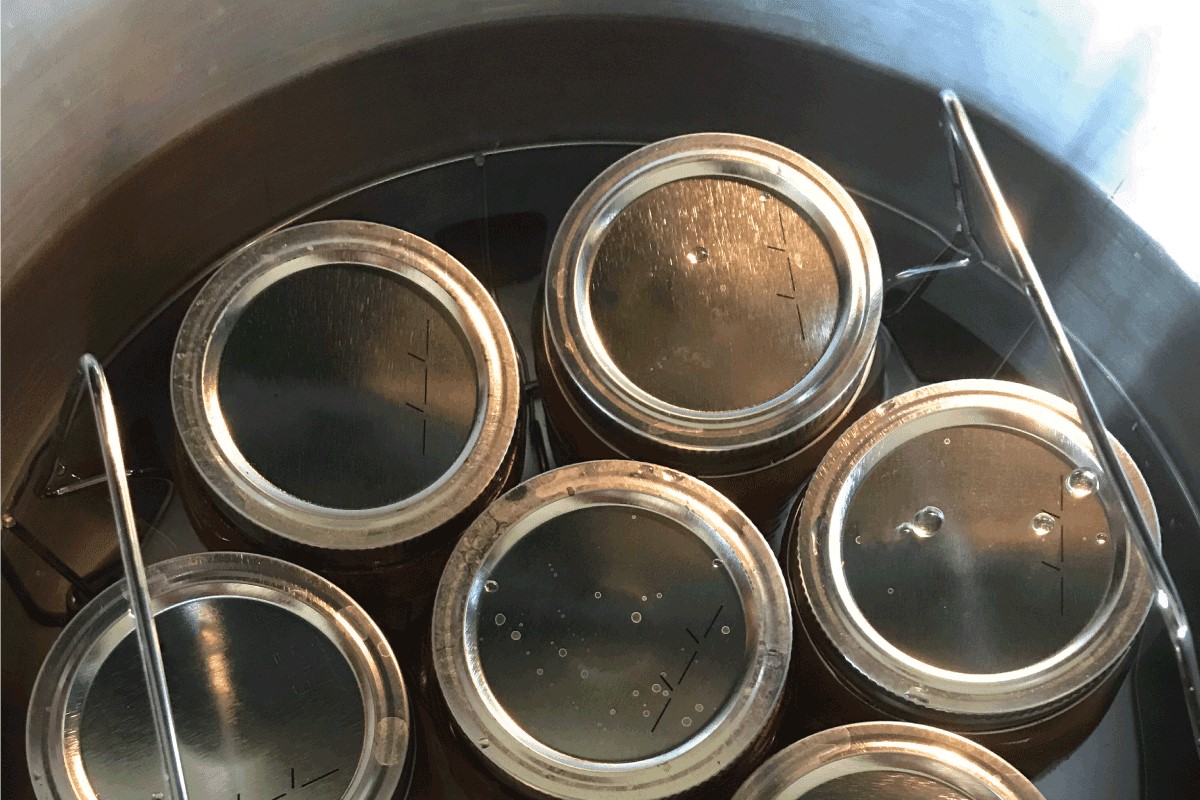
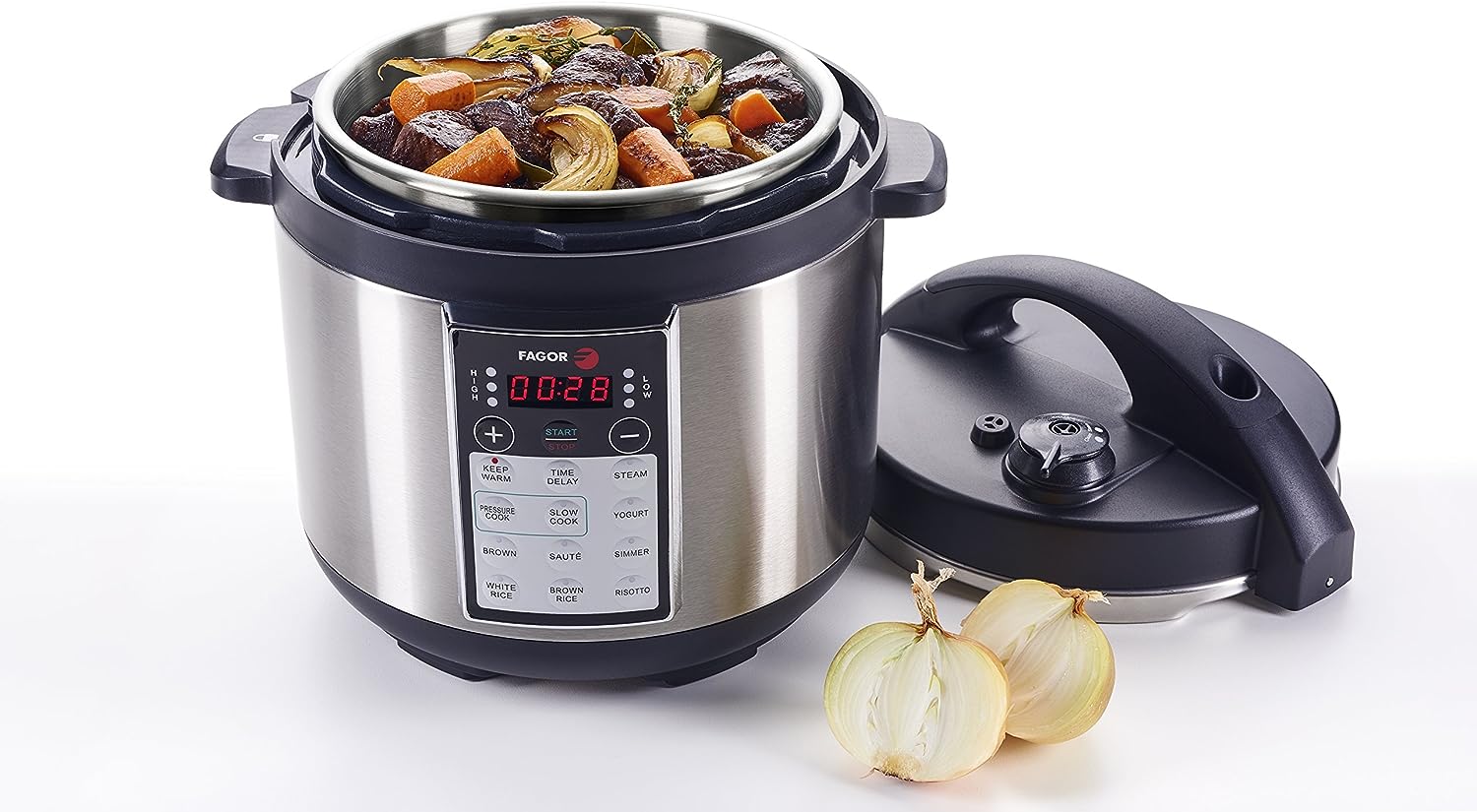
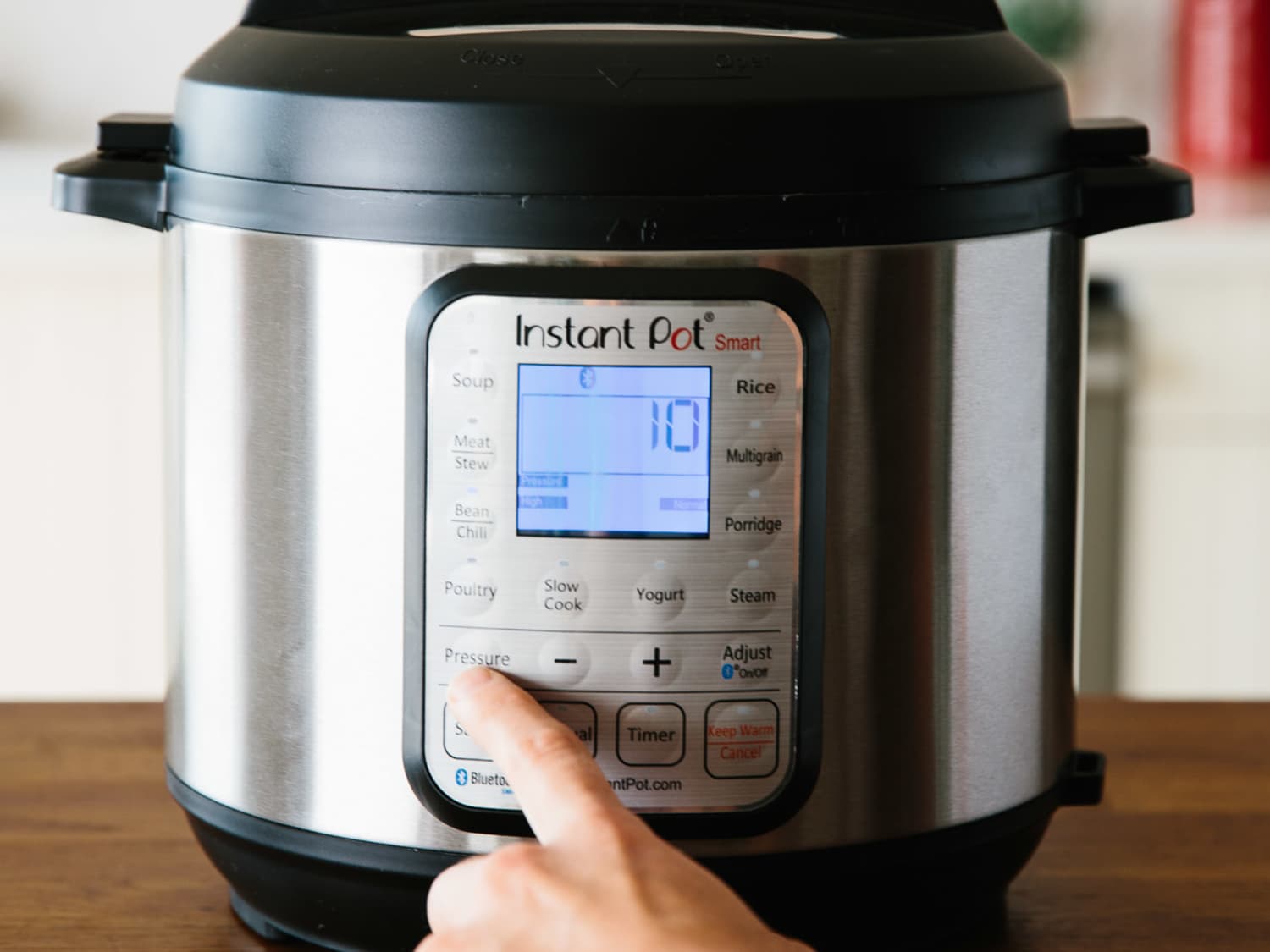
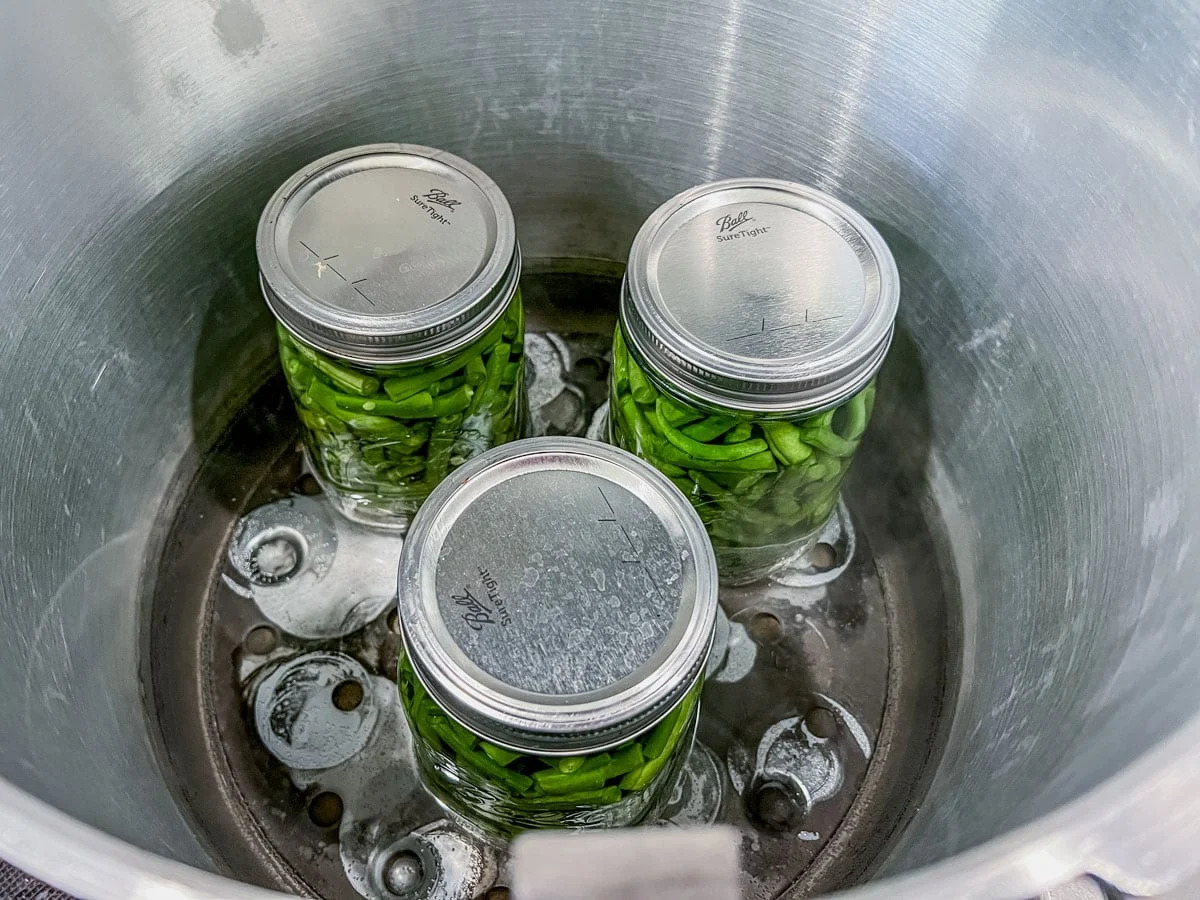
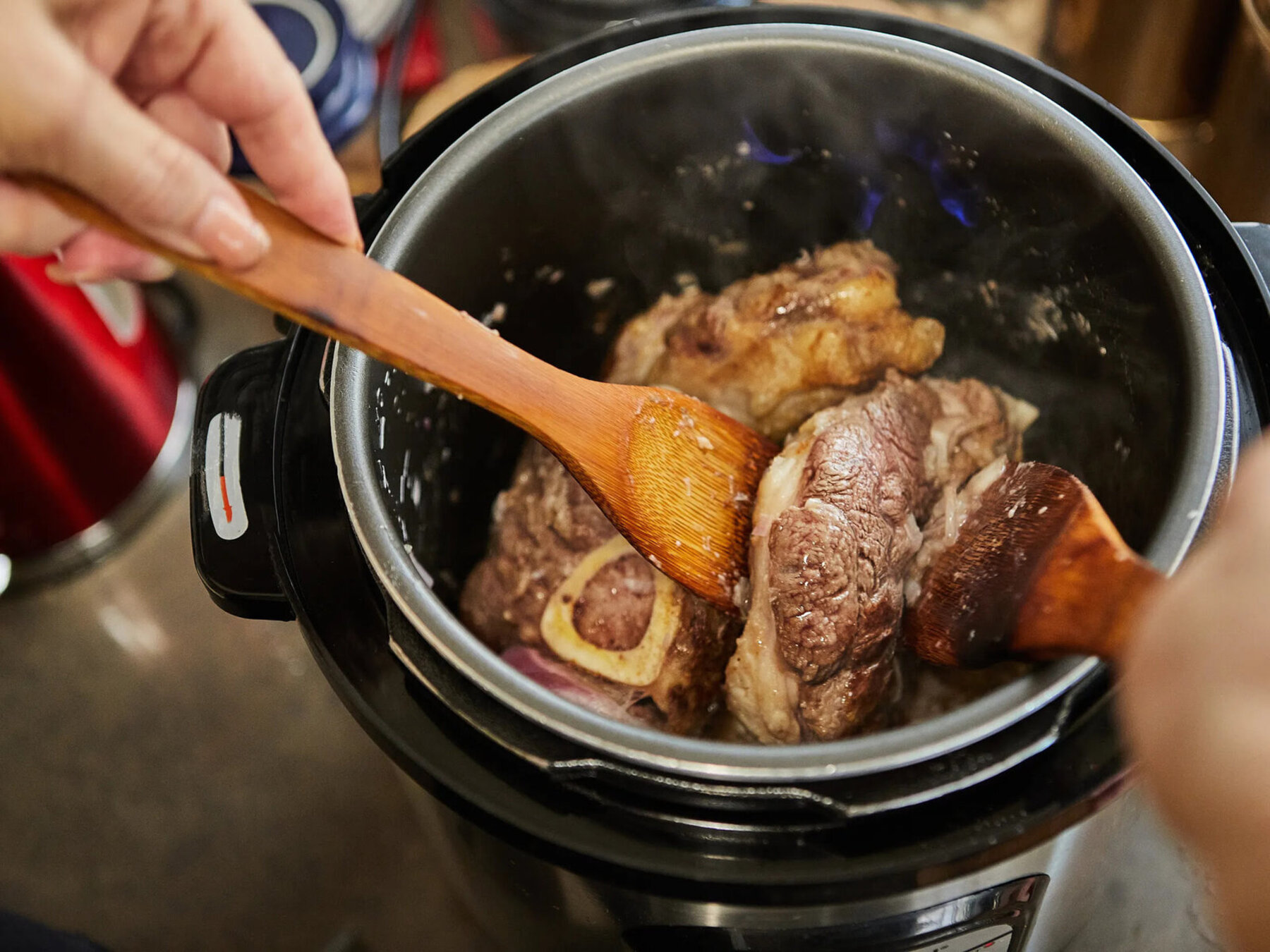
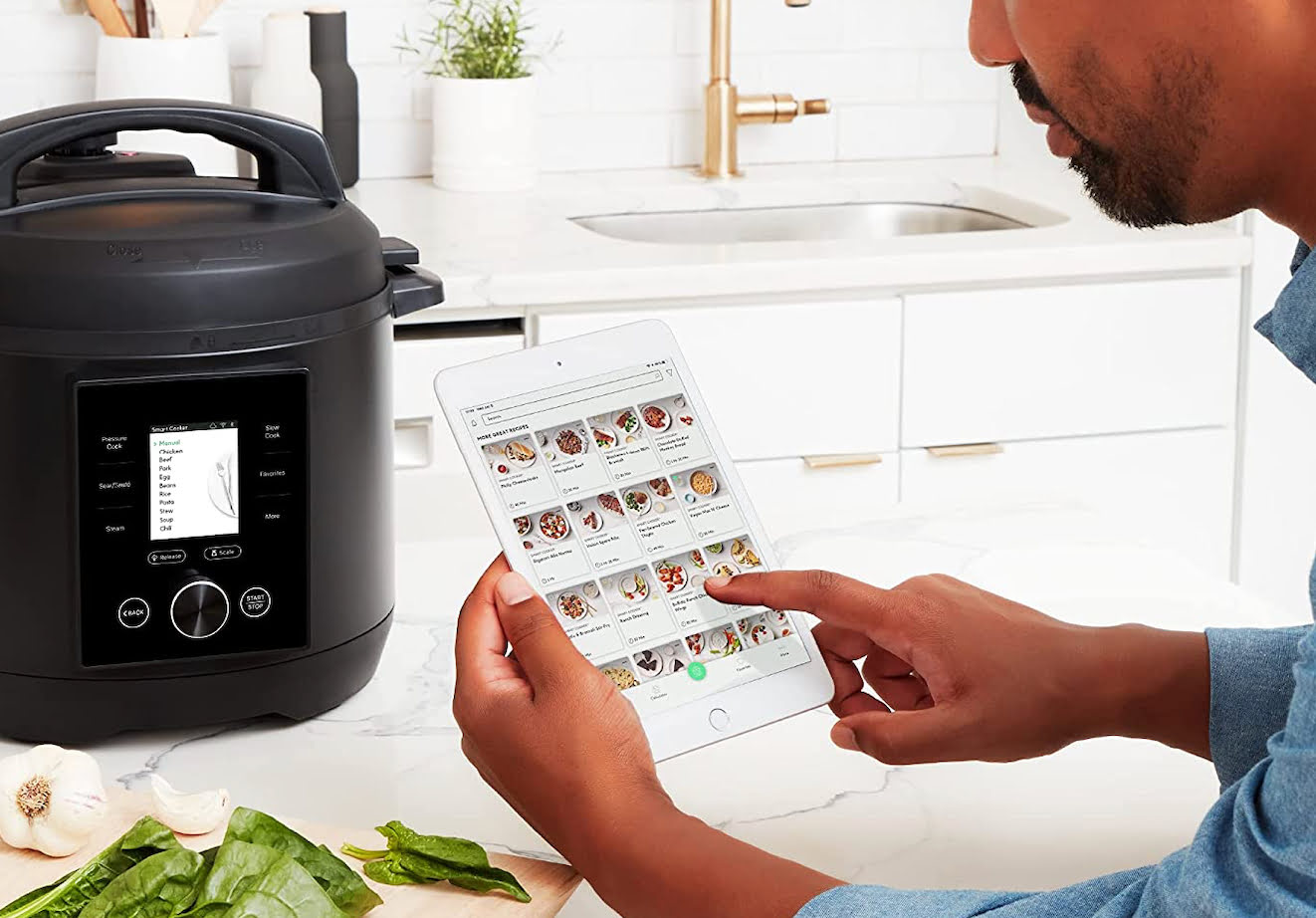
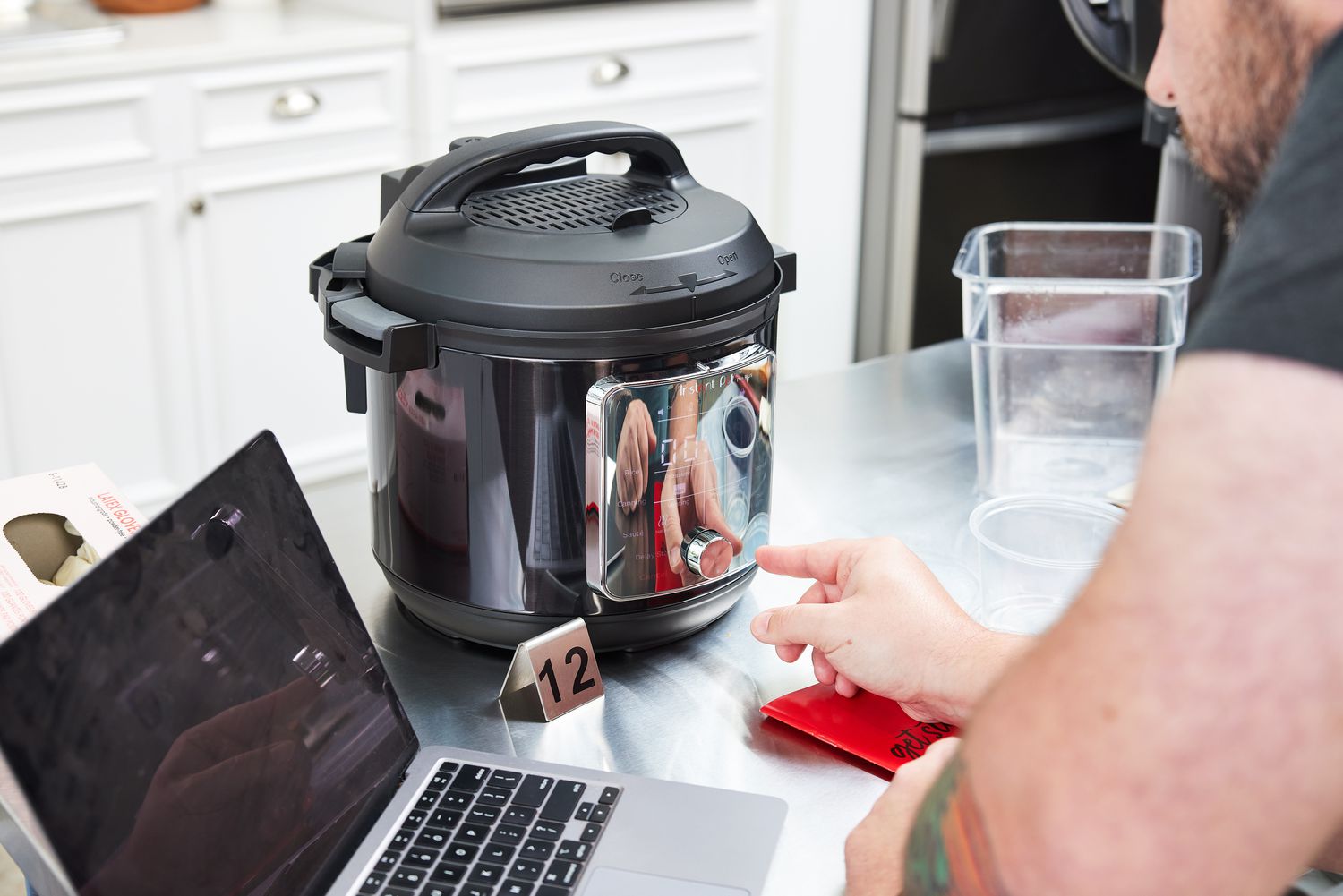
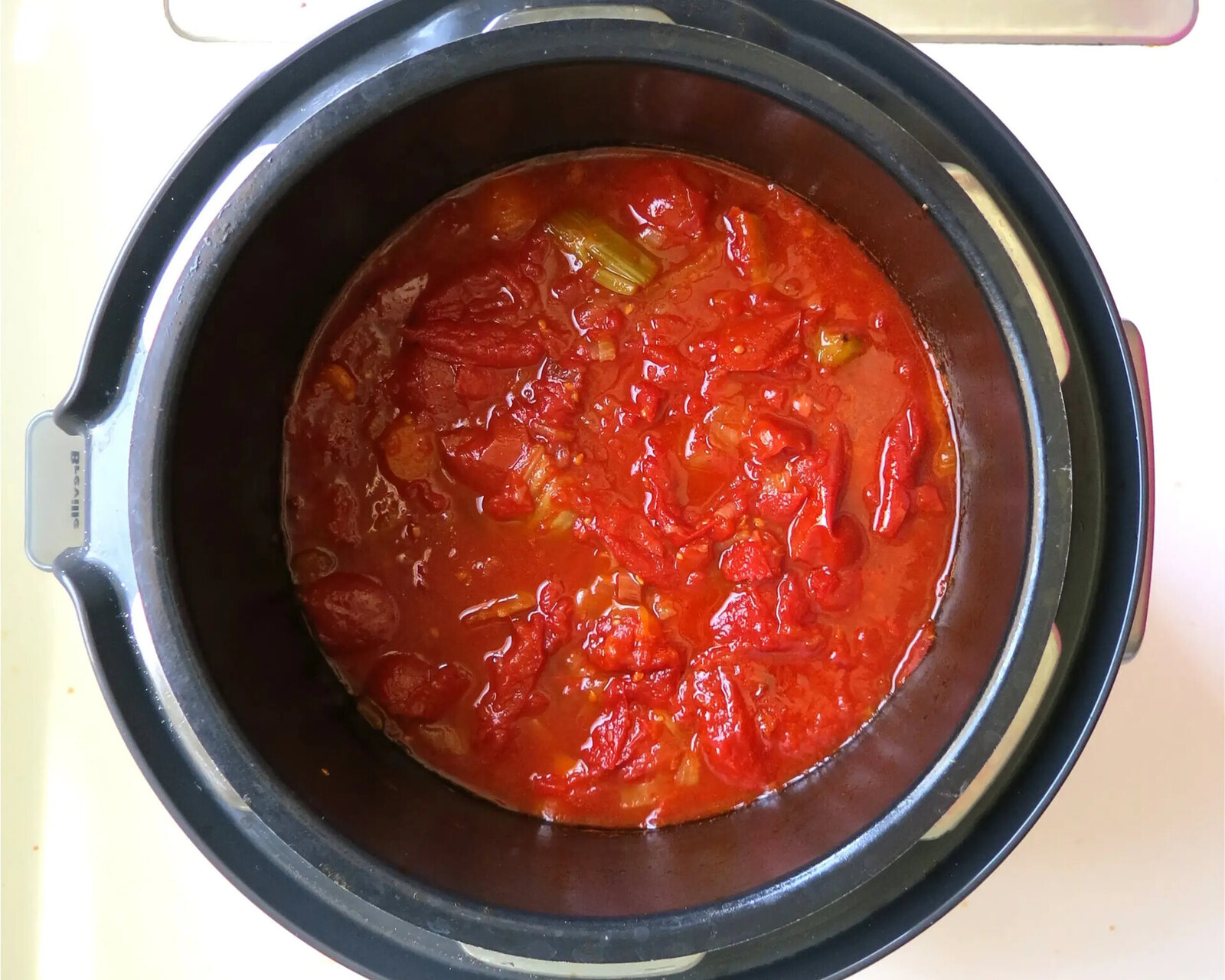
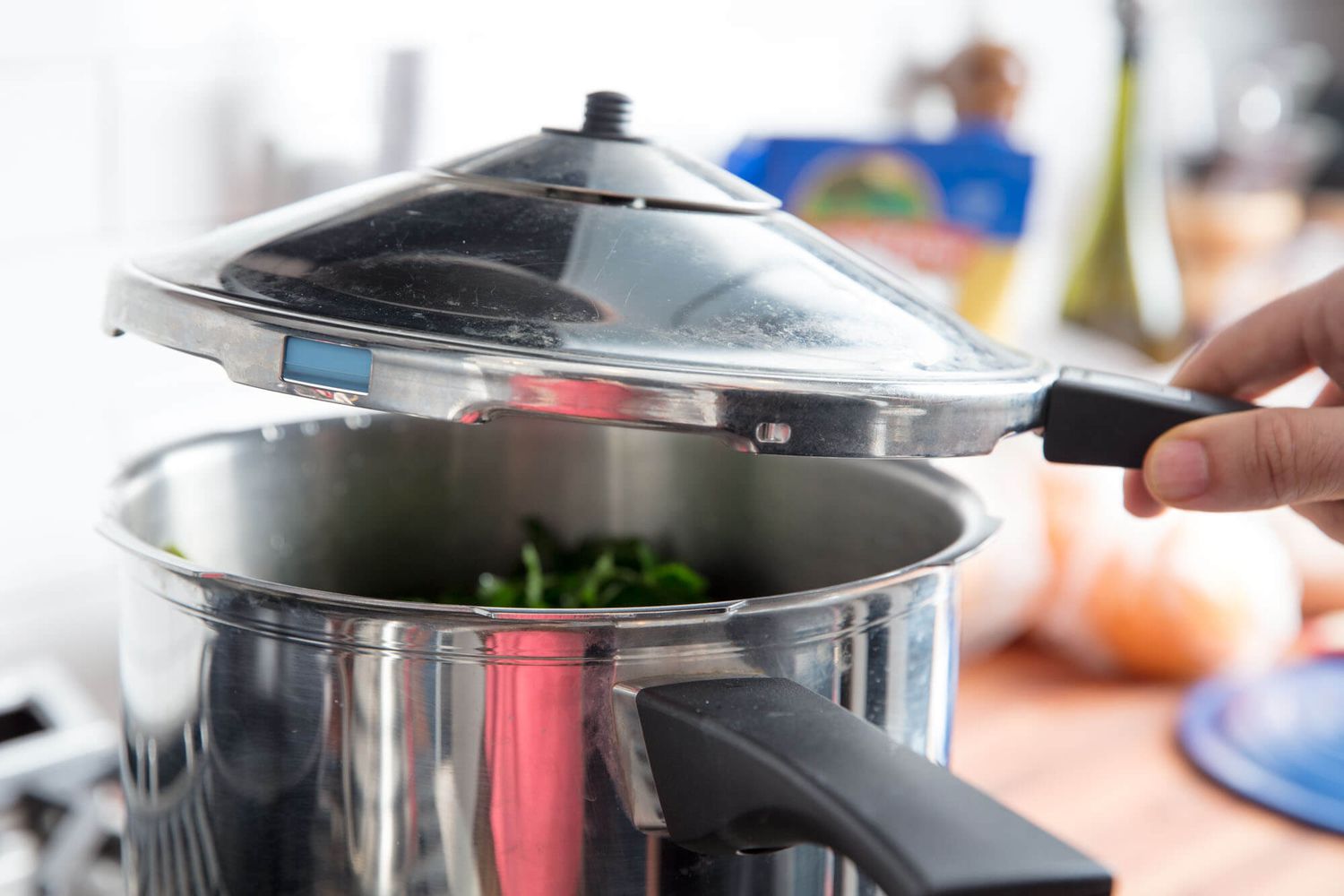
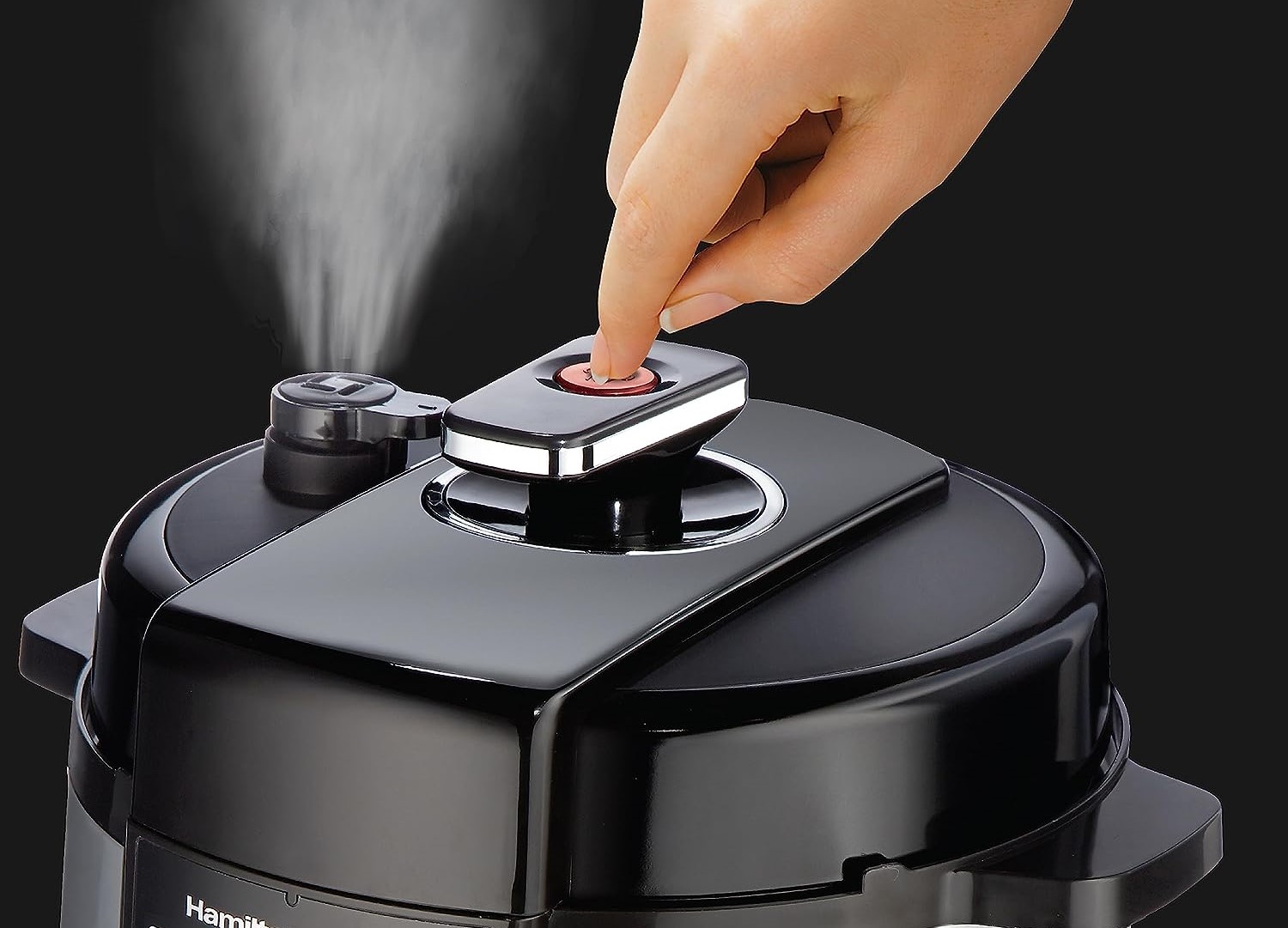
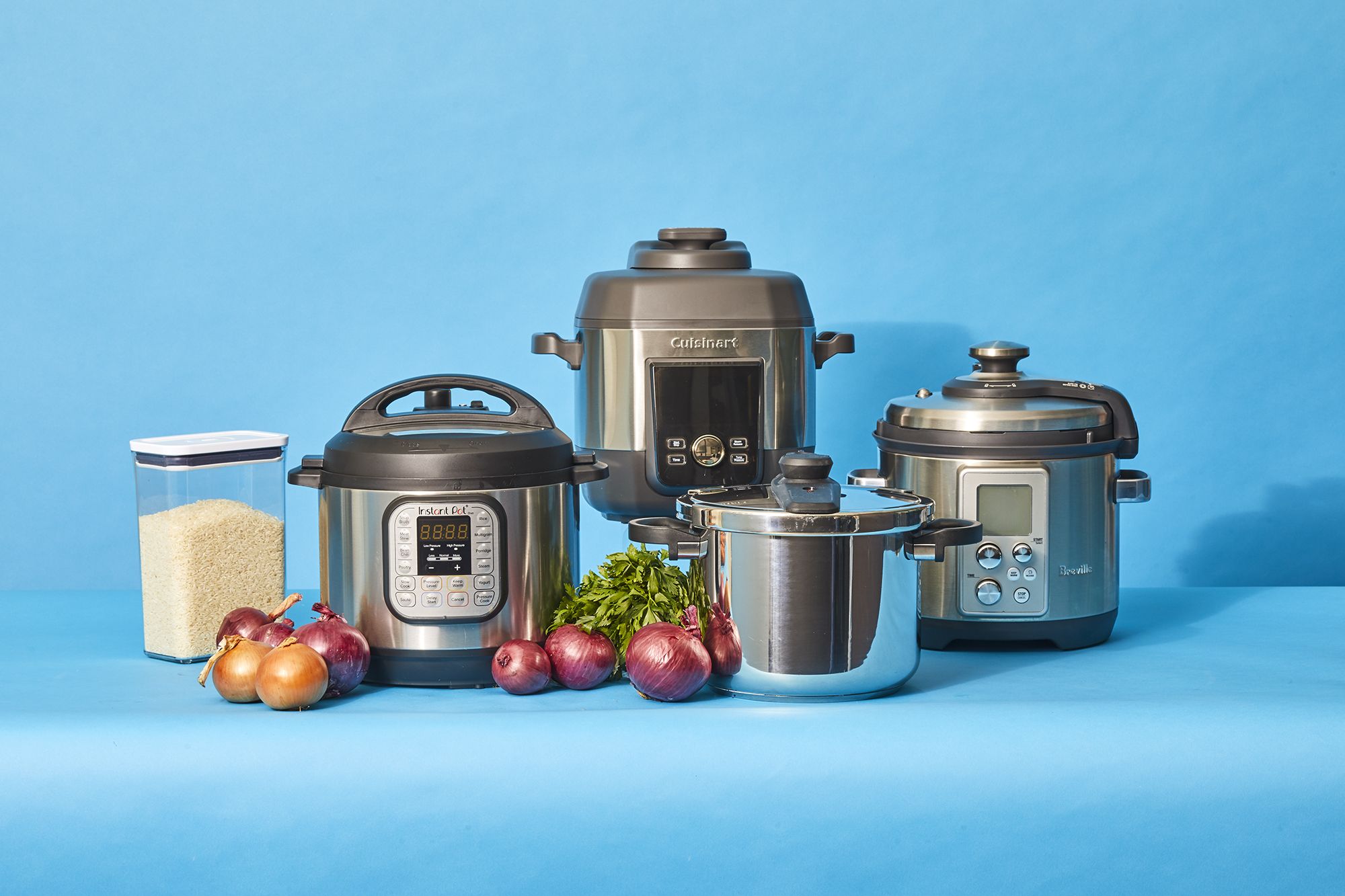
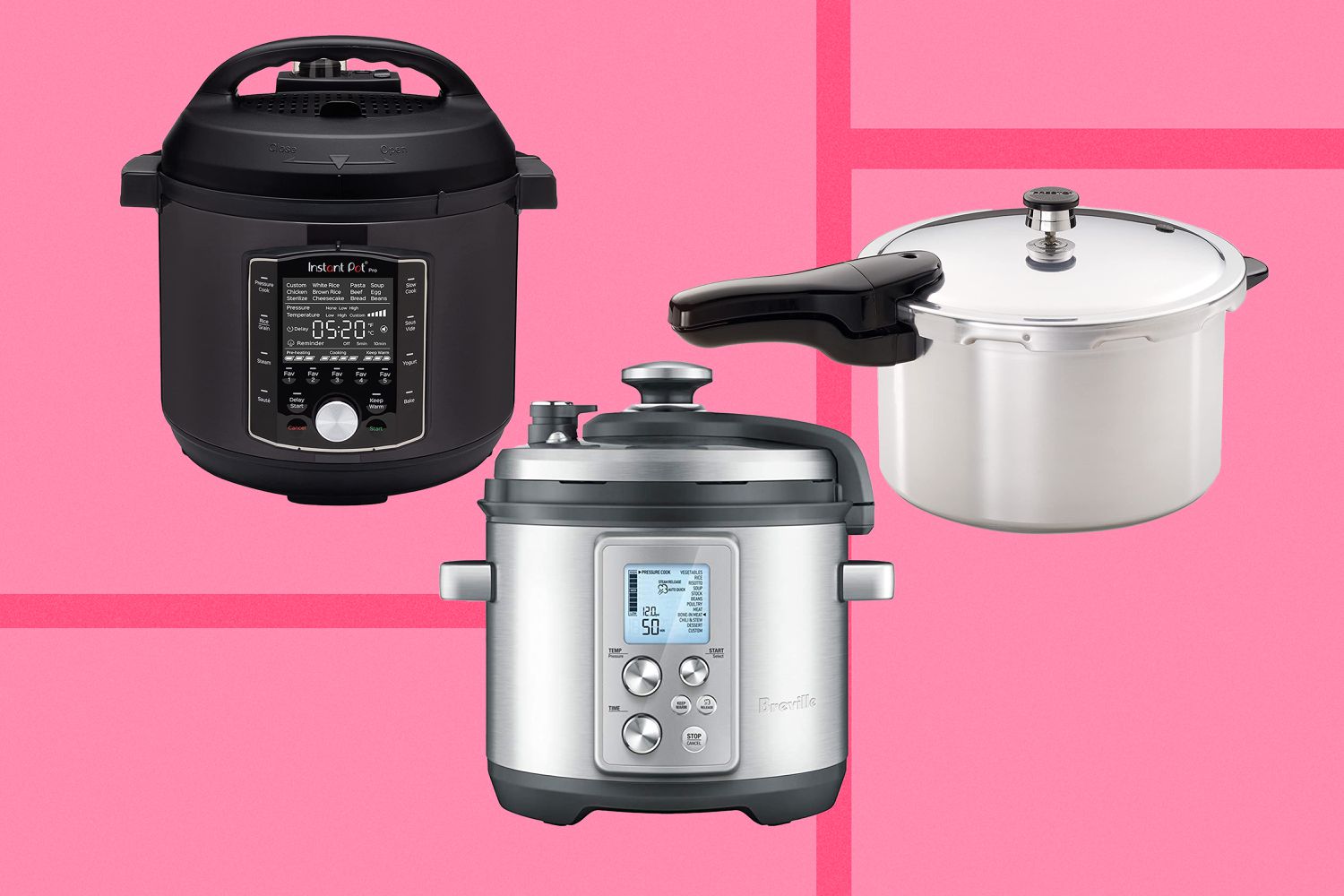
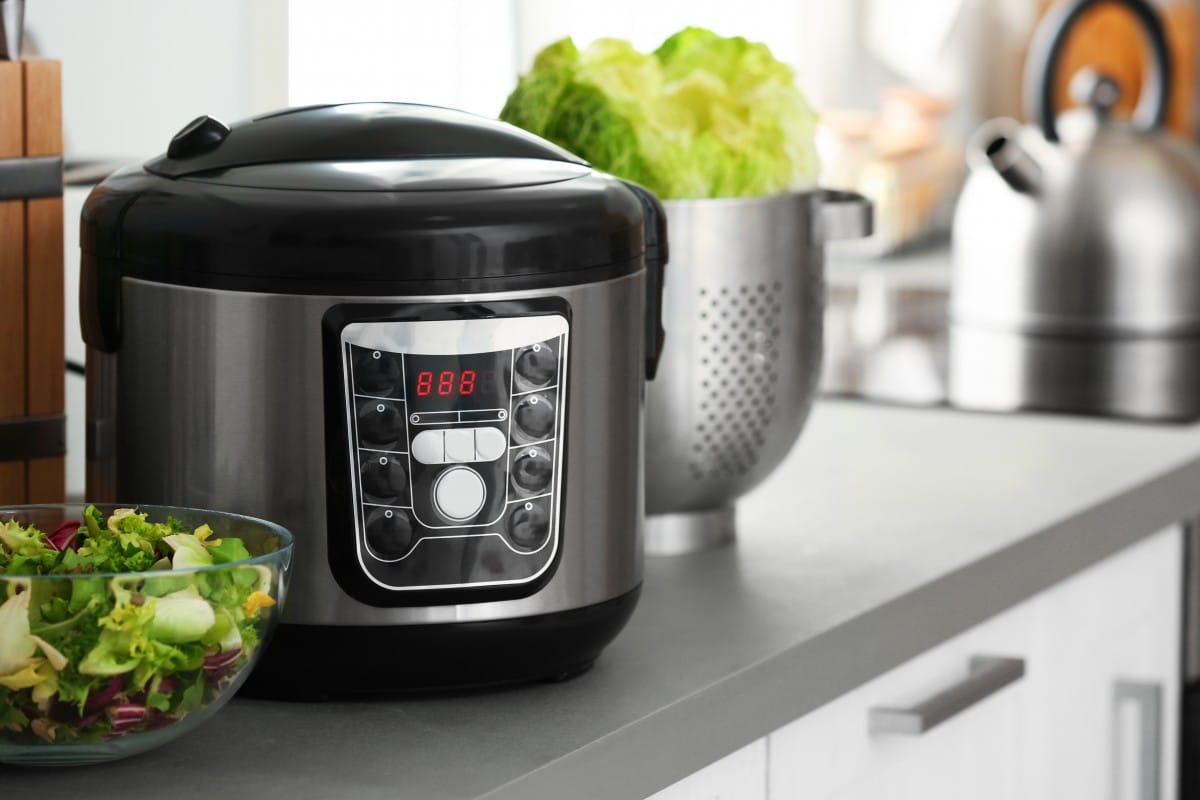

0 thoughts on “How To Can With An Electric Pressure Cooker”